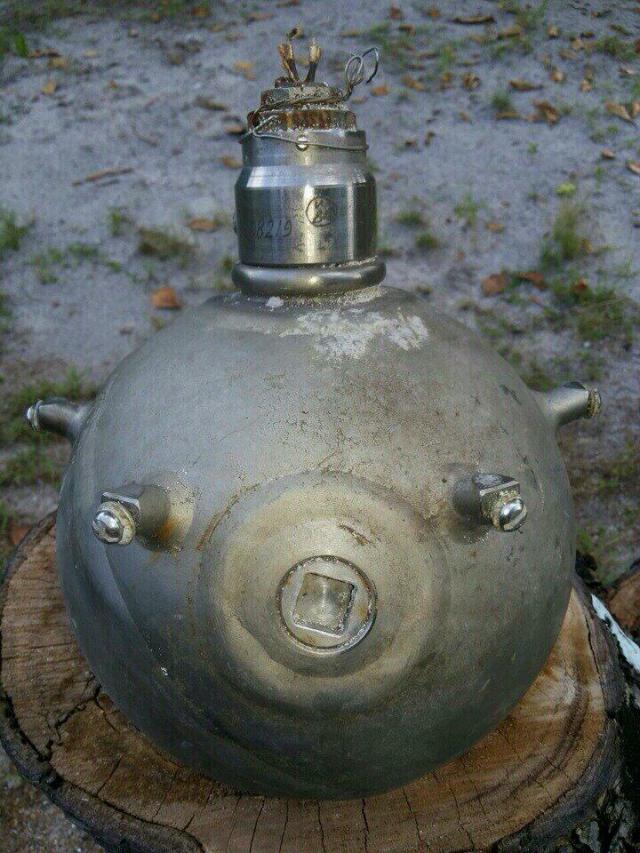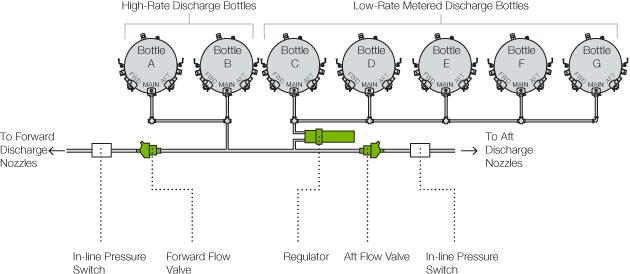There are differing systems on an aircraft relating to crash position and recording. Early on it was simply an analogue cockpit voice recorder (CVR) that recorded on magnetic tape. Then analogue recording of basic flight data and aircraft systems, flight data recorder, again on magnetic tape. Now cockpit voice recording and flight data recording is incorporated in the one unit and is commonly known as a cockpit data recorder, these units no longer no longer use magnetic tape but solid state recording media and generally around the size of a shoe box and are colored bright orange.
Crash position is done by a few different systems a crash position indicator, underwater locator beacon and emergency locator beacon. The crash position indicator can be either fixed to the airframe, ejectable on a crash or incorporated within a crash data recorder, most commonly they are mounted in the tail section of the aircraft. The crash position indicators are battery powered and operate automatically, they emit an RF signal through an omni directional antenna. Emergency locator beacons are functionally similar to PLB's and EPIRBS and can be either automatic or manually operated and are also battery powered. You generally see automatically ones in the tail of the aircraft and manual ones in the cockpit. Underwater locator beacons (or pingers) are acoustic transmitters that are almost always attached to the crash data recorders. Acoustic transmitters used because the RF transmitters used in crash position indicators and emergency locator beacons have basically no range underwater. The underwater locator beacons are triggered automatically on immersion in water and transmit an omni-directional signal, they are also battery powered.



 .
.
 Reply With Quote
Reply With Quote



Bookmarks